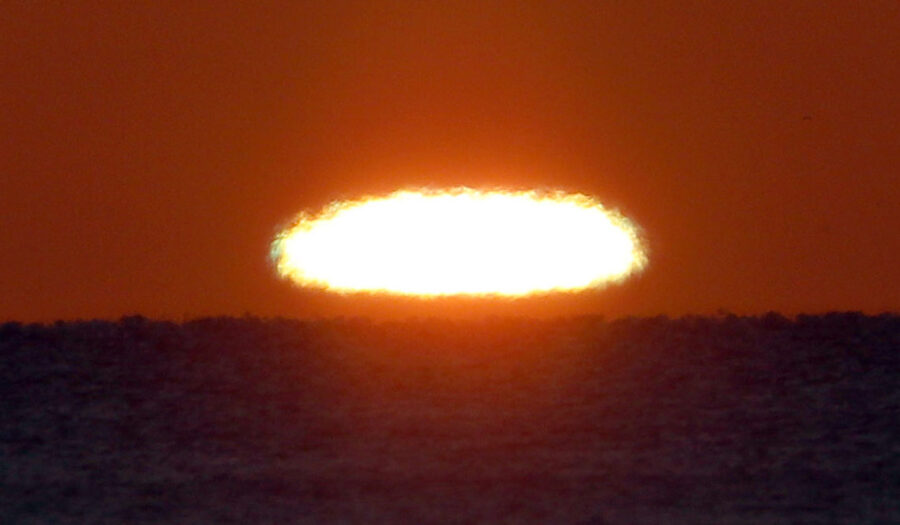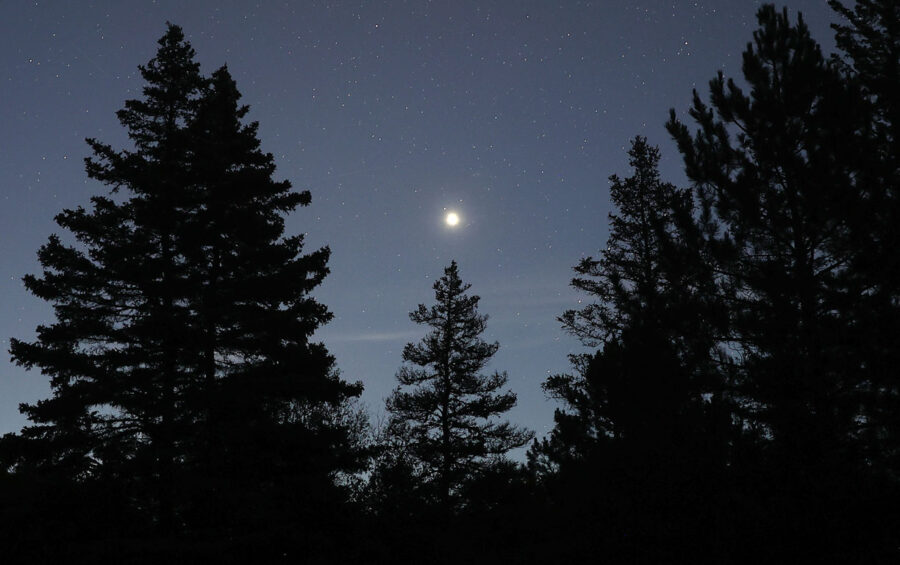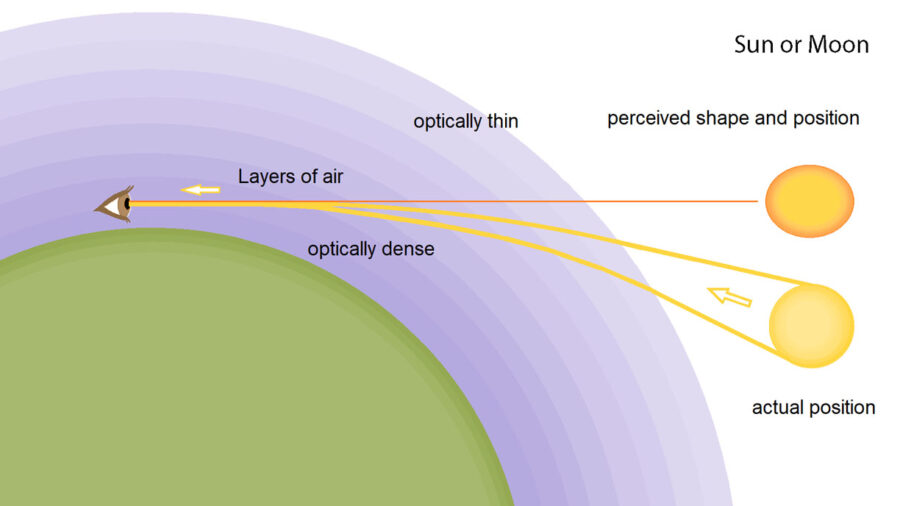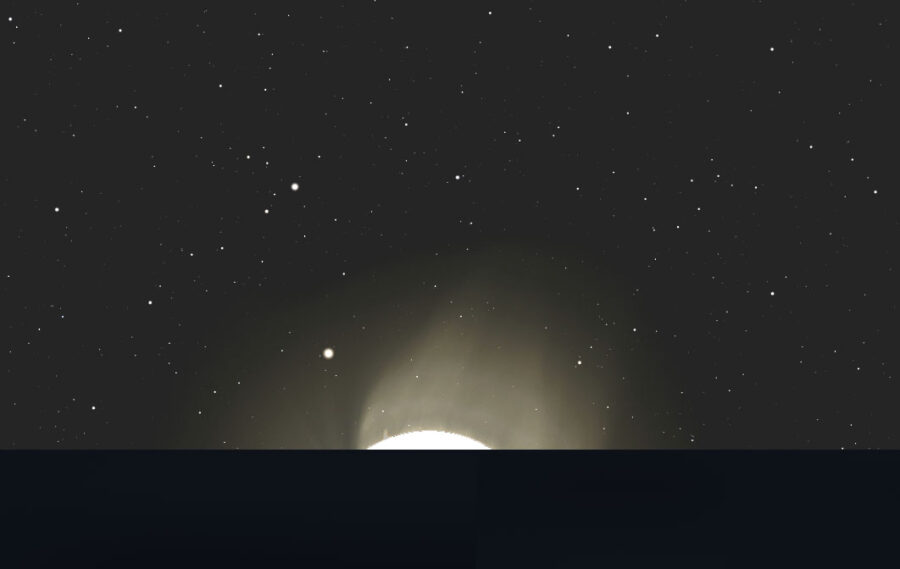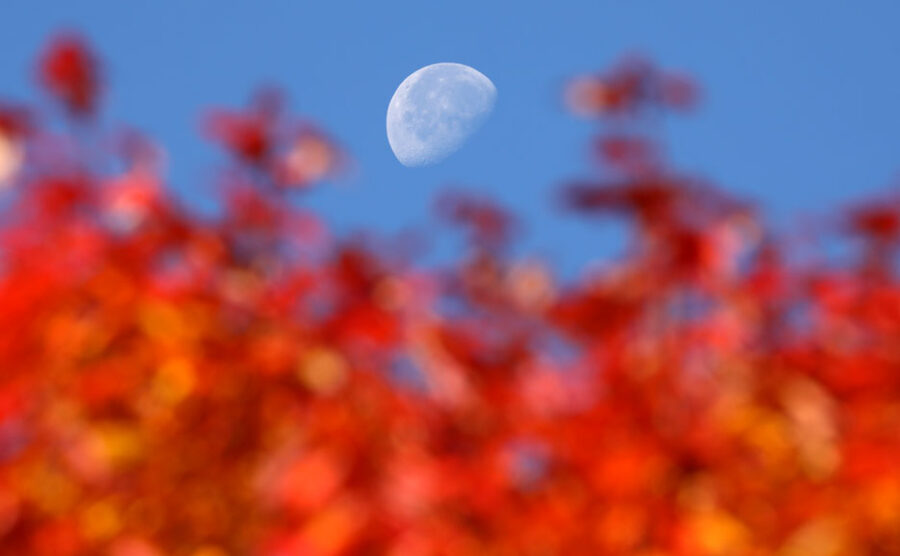By Samantha Schmidt
Updated September 20, 2023
Hardeep Singh Nijjar was in a hurry to leave the temple. It was Father’s Day, and his wife and two sons were waiting for him.
On his way out of the Guru Nanak Sikh Gurdwara, Nijjar’s Sikh temple in Surrey, British Columbia, he called his 21-year-old son. The family had made pizza, Balraj Singh Nijjar told his father, and had prepared the sweet pudding seviyan, his favorite dessert.
“Have dinner ready,” Nijjar told his son. “I’m coming home.”
But outside the gurdwara, three men were waiting. They had masks. They were armed.
Less than 10 minutes later, the phone at the Nijjar home rang again.
“Did you hear?” a family friend asked the son. “Something happened at the gurdwara. Your dad was shot.”
No arrests have been made in the brazen June 18 killing of Nijjar, the 45-year-old president of the temple. But from the outset, his family and friends in the local Sikh community were all but certain who was behind the brazen attack: The Indian government of Prime Minister Narendra Modi.
Nijjar was an outspoken leader of the separatist Khalistan movement, which aims to establish an independent Sikh state in the Punjab region of India. The movement is outlawed in India.
On Monday, precisely three months after Nijjar’s killing, Canadian Prime Minister Justin Trudeau told the House of Commons that investigators were pursuing “credible allegations” linking Nijjar’s slaying to agents of the Indian government.
India’s Foreign Ministry rejected the claim, which it said is an attempt to distract from the real problem: Canada harboring Indian dissidents whom New Delhi considers terrorists. Each country has since expelled a top diplomat from the other.
Nijjar, a Canadian citizen who was born in India, ran a plumbing business in Surrey, a suburb of Vancouver. But it was his leadership in the Khalistan movement that attracted the attention of Indian security services.
In July 2022, India’s National Investigation Agency accused him of conspiring to murder a Hindu priest in Punjab and labeled him a “fugitive terrorist.” The NIA, India’s counterterrorism agency, published his home address in Surrey and announced a reward of 1 million rupees — or about $12,000 — for information leading to his apprehension.
Nijjar’s family and friends say he advocated for a peaceful and democratic path to a Sikh homeland. Before his death, he was organizing a referendum among the Sikh diaspora to gauge support for Khalistan. More than 100,000 people turned up at the gurdwara this month to vote, community members say.
Trudeau says ‘credible allegations’ tie India to killing in Canada
Canadian security agencies had been aware of threats to Nijjar’s safety for more than a year, according to Balpreet Singh Boparai, legal counsel for the World Sikh Organization of Canada. Boparai said he had told Canadian law enforcement of his fears for Nijjar’s safety as far back as summer 2022 and as recently as a few weeks before the man was killed.
“Clearly, not enough was done,” Boparai said. His organization described the slaying as a failure by Canadian authorities.
The Royal Canadian Mounted Police, asked by The Washington Post on Tuesday whether it had warned the Sikh leader about threats to his life or had provided him with protection before his death, declined to answer. Eric Balsam, a spokesman for the Canadian Security Intelligence Service, said he could not discuss the issue publicly.
Indian anger grows over Canada's perceived support of separatist Sikhs
Gurpatwant Singh Pannun, Nijjar’s lawyer, said Nijjar had called him the day before his death to say he had been warned by Canadian authorities of threats against his life. Pannun said the authorities did not provide specifics.
And on the day of Nijjar’s death, Boparai spoke with members of his own gurdwara in Brampton, Ontario, about a recent string of killings of prominent Sikh leaders.
“It looks like Hardeep Singh Nijjar could be next on the hit list,” Boparai recalled someone saying.
India expels Canadian diplomat as dispute over alleged assassination escalates
On June 18, Nijjar woke up early to spend his Sunday as he always did, in prayer at his gurdwara.
Share this articleNo subscription required to readShare
His sons, 20 and 21, made sure they were awake before he left, so they could give him his Father’s Day gift: a new pair of jeans.
“You know I’m on a diet,” Nijjar joked, according to Balraj. “These probably aren’t going to fit me anymore.”
“Once you lose weight, I’m going to buy you a new pair,” Balraj promised.
“Are you sure you have the money?” Nijjar asked, poking fun at his older son as he often did.
At the gurdwara, he gave his weekly address to the community, in which he often spoke of the threats against Sikhs around the world. He urged the community to spread its message not with violence but with a vote. “We do not need to grab AK-47s,” he said in Punjabi. “We just need to fill the ballots with a yes or no.”
“We think we are free living in Canada and the U.S., but are we?” he asked in the address, which was videotaped by the gurdwara. “Do we think about those who have been murdered, our martyrs? We need to come together and demand our freedom.”
Just before 8:30 p.m., he walked out of the gurdwara with a friend, Gurmeet Singh Toor, a 52-year-old truck driver. They spoke about upcoming programs at the gurdwara, wished each other goodbye and walked to their cars.
Two minutes later, Toor said, he heard gunshots.
He rushed out of his car and toward Nijjar’s pickup, about 300 yards away. The driver’s side window was shattered. Multiple bullet holes pierced the door. And Nijjar was slumped to his right, bleeding from the left arm, chest and head.
As temple members gathered around the truck, crying and screaming, two masked men took off on foot. Toor and a few others pursued them, but it was too late. They reached a waiting car, later described by police as a 2008 Toyota Camry, that spirited them away.
Police later described the two as heavier-set men with face coverings. The men and a third suspect, the driver of the getaway car, had been waiting in the area for at least an hour before the killing, police said. No arrests have been made.
As Balraj rushed with his mother and brother to the gurdwara, he tried to call his father. There was no answer.
They arrived to find a crowd of hundreds forming around an area blocked off by police tape. Then Balraj saw his father’s truck.
Family friends tried to hug and console the young man, but he didn’t want any of it right then. He was focused on caring for his mother and younger brother.
Word quickly spread through the local Sikh community. J Singh, a lawyer and member of the gurdwara, was out with his family for a Father’s Day dinner when he heard the news. They left the restaurant and drove to the gurdwara. They found mourners crying, waving and chanting “Long live Khalistan!”
What is the Khalistan separatist movement behind the India-Canada rift?
“We knew right away this must have been the Indian government,” J Singh said.
Nijjar’s activism went beyond Sikh separatism, his son said. He encouraged fellow Sikhs to speak out about injustices against other minority groups. He met with Indigenous people and joined rallies for Muslims, Balraj said.
When Afghan Sikhs arrived in Canada, he donated blankets and food. When the country was ravaged by forest fires, he sent first-aid kits. When nearby communities flooded, he helped organize a helicopter to deliver emergency assistance.
In the months after Nijjar’s death, his son was hesitant to speak publicly. He felt certain the Indian government was behind the killing, but he held off on accusing it publicly. He hoped Canadian authorities would find enough evidence to bring the allegations to light.
“The truth is going to come out on its own,” he said.
On Monday night, after Trudeau’s announcement, Balraj stood before reporters outside his father’s gurdwara to speak publicly for the first time.
Who was Hardeep Singh Nijjar, the Sikh separatist killed in Canada?
Amanda Coletta and Maham Javaid contributed to this report.

What is the Khalistan separatist movement behind the India-Canada rift?

Who was Hardeep Singh Nijjar, the Sikh separatist killed in Canada?

How Canada got caught up in the Sikh struggle in India

Masked gunmen, an ambush, a chase: The execution of Hardeep Singh Nijjar

Indian anger against Canada grows over perceived support of separatist Sikh...

India expels Canadian diplomat as dispute over alleged assassination escala...

Trudeau says ‘credible allegations’ tie India to killing in Canada
India-Canada tensions explained
What happened: Canadian Prime Minister Justin Trudeau made an explosive speech Monday, alleging the Indian government was involved in the assassination of a prominent Sikh leader who was fatally shot in June outside Vancouver.
India rejected those claims and expelled a Canadian diplomat the next day in a tit-for-tat move.
Broader tensions: Canada’s accusation has brought renewed attention to a Sikh separatist cause called the Khalistan movement, which was championed by Nijjar. (It is outlawed in India and seen as a terrorist threat).
Read about how Canada — home to the largest Sikh diaspora today — has become enmeshed in the struggles in Punjab, the birthplace of the Sikh faith and a region that has been mired in decades of violence.









